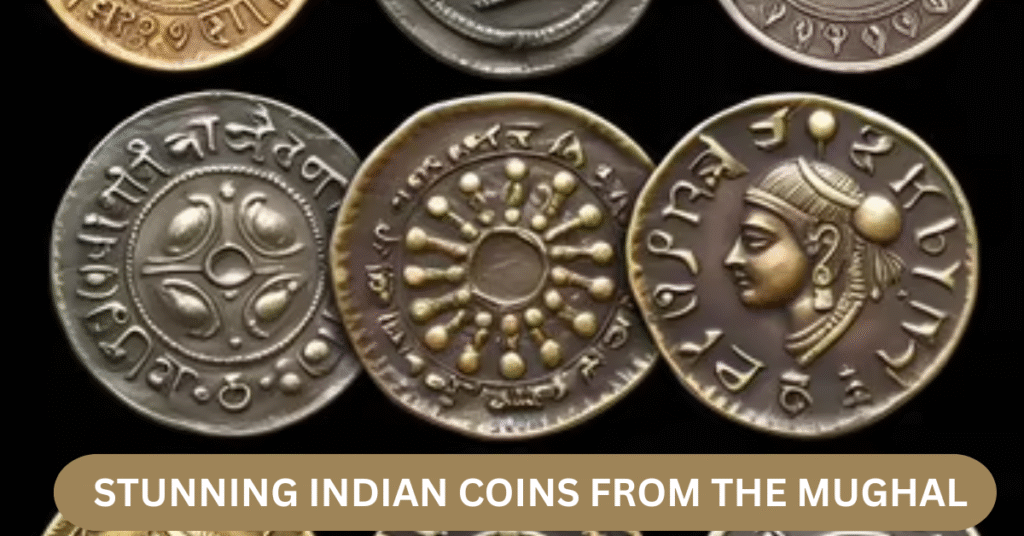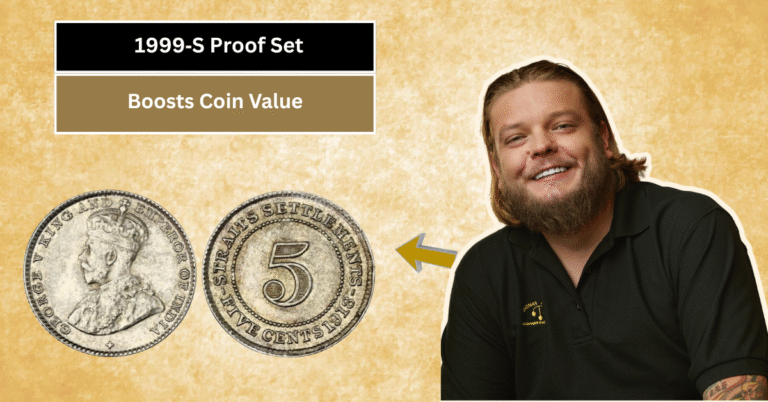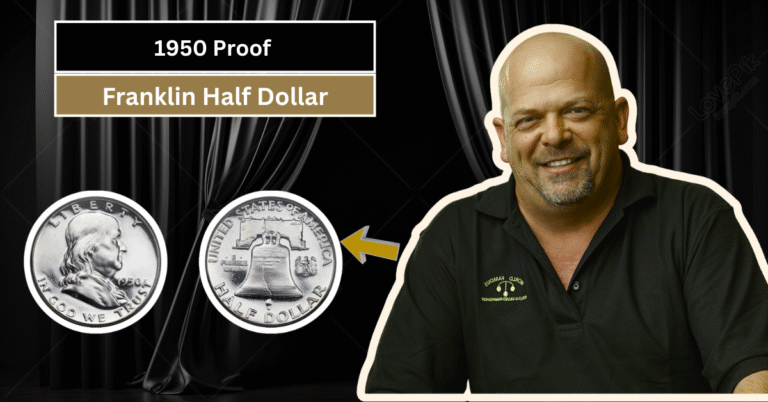
The Mughal era was a remarkable period in Indian history, not just because of its powerful emperors and grand architecture, but also due to its beautiful and unique coins. These coins offer a glimpse into India’s rich cultural heritage, showcasing intricate calligraphy and artistic designs that attract collectors even today. Whether you are a history lover or a coin collector, understanding these coins can connect you deeply with India’s past.
From Akbar to Shah Jahan, the Mughal rulers issued coins that represented their power, wealth, and artistic taste. Each coin tells its own story through detailed inscriptions and motifs that reflect the era’s sophistication. In this article, we will explore nine must-know coins from the Mughal era that every collector should add to their collection or at least recognize.
1. Akbar’s Silver Rupee
This Article Includes
Akbar’s silver rupee is one of the most famous coins of the Mughal era. Introduced during his reign in the late 16th century, it set a new standard in Indian coinage with its high purity and clear calligraphy. The coin usually features Persian inscriptions with the emperor’s title and the year of minting. It’s a favorite among collectors for its balance of simplicity and elegance.
2. Jahangir’s Zodiac Coins
Jahangir was fascinated by astrology, and this interest is visible on his unique zodiac coins. These coins depict the signs of the zodiac in a beautiful and artistic manner, a rare feature in Indian coinage. The coins promise a combination of royal authority and mystical belief, making them prized pieces for both numismatists and history buffs.
3. Shah Jahan’s Gold Mohur
Shah Jahan, known for building the Taj Mahal, also issued exquisite gold mohur coins. These coins are admired for their intricate calligraphy and fine craftsmanship. The inscriptions often praise the emperor and provide the mint’s name, showcasing the level of detail artists achieved during his rule. Gold mohur coins are symbols of wealth and power in the Mughal era.
4. Akbar’s Copper Dam
Not all Mughal coins were made from precious metals. Akbar’s copper dam is an example of common currency used by the masses. Though simpler than silver or gold coins, the copper dam carries the same Mughal flair with neat inscriptions and calligraphic details. Collectors value these coins for their historical significance and everyday use perspective.
5. Jahangir’s Double Mohur
The double mohur is a larger gold coin introduced by Jahangir, which stands out for its impressive size and detailed design. These coins often featured poetic verses and delicate calligraphy praising Jahangir’s reign. Double mohur coins are rare finds today and are greatly sought after by collectors for their artistic and historical value.
6. Shah Jahan’s Silver Rupee with Floral Motifs
Shah Jahan’s silver rupees often came adorned with floral decorations around the inscriptions. These subtle artistic touches highlight the emperor’s love for beauty, much like his architectural projects. The tulips, lotuses, and other floral symbols on these coins make them visually appealing and a favorite among collectors who appreciate detailed artwork.
7. Akbar’s Persian Calligraphy Coins
Akbar’s coins commonly featured Persian calligraphy, reflecting the cultural blend during his reign. The script used was elegant and clear, often indicating the emperor’s name, titles, and date in the Hijri calendar. These coins helped spread Persian culture in India while serving as a medium of trade, making them important historical artifacts today.
8. Jahangir’s Shahjahanabad Mint Coins
Coins minted in the Shahjahanabad area during Jahangir’s reign are known for their unique marks and style. These coins reflect local minting techniques and artistic preferences, differing slightly from other regions. Collectors admire these for the regional flavor they add to Mughal coinage and their beautiful craftsmanship.
9. Shah Jahan’s Commemorative Coins
Shah Jahan is credited with issuing some special commemorative coins that celebrated important events or achievements during his reign. These coins often carry special inscriptions and rare design elements that set them apart. Such coins are especially valuable for collectors as they represent key moments in Mughal history.
Collecting Mughal coins is not just about owning pieces of metal but about holding a fragment of India’s glorious past. Each coin reflects the emperor’s personality, beliefs, and artistic sensibilities. For young collectors, understanding these coins can be an exciting journey into Indian history, art, and culture, making every coin much more than just money.






